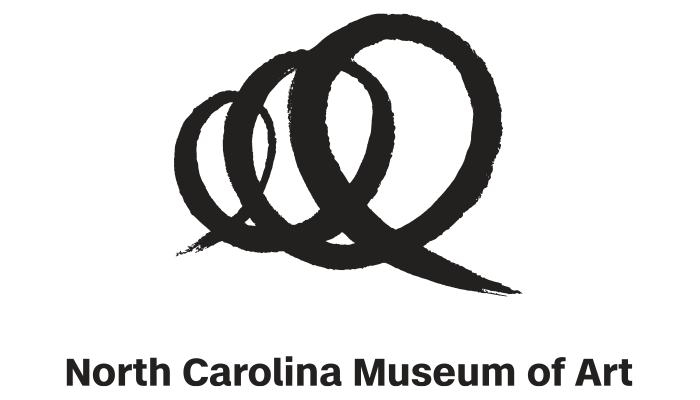While we believe that the books and resources recommended may be of value to you, keep in mind that these are suggestions only and you must do your own due diligence to determine whether the materials are appropriate and suitable for your use. PNC has no sponsorship or endorsement agreement with the authors or publishers of the materials listed.
TINKERING & MAKING

Changing Landscapes
Children will tinker with discarded materials to re-create a landscape sculpture.

Lesson Objective
Children will tinker with discarded materials, re-creating art that is a familiar landscape.
Science
What You'll Need
Note: This lesson requires a collection of discarded materials that have been collected in advance.
- A large, color reproduction or digital image of Suzy’s Sun (for Judy Tyler) by Joseph Cornell – from the North Carolina Museum of Art website
- Shoeboxes, cereal boxes, or other small boxes – 1 per child
- Small discarded items (i.e., buttons, small pieces of wood, parts from electronic gadgets, puzzle pieces, and so forth)
- Objects from nature (i.e., leaves, sticks, nuts, seashells, pebbles, and so forth)
- Construction paper scraps in landscape colors, such as green, brown, blue, yellow, and orange
- Cotton balls
- Tubs (or boxes) – 1 per table
- Nontoxic tacky glue – 1 bottle per every 2 children
What To Do
Note: Equally divide the small items, nature objects, construction paper scraps, and cotton balls among the tubs.
- Display the artwork, Suzy’s Sun (for Judy Tyler). Tell the children that this is a landscape sculpture (see Vocabulary).
- Ask the children why they think the artist gave the artwork the name, Suzy’s Sun (for Judy Tyler).
- Discuss the different parts of the artwork (see Guiding Student Inquiry).
- Ask the children to be detectives and look for clues in the sculpture that can help them figure out what kind of place it shows.
- Discuss the clues that the children find (i.e., sun, clouds, flags, shell) and that the items used as clues are representing different ideas.
- Talk about how parts of the artwork work together to look like a real place (the beach) even though the artist did not sculpt a real landscape.
- Tell the children that they will be making a landscape sculpture using discarded materials.
- Have the children think of a place that is familiar to them (mountains, beach, forest, and so forth) that they could re-create.
- Place a tub of materials on each table, and give children some time to tinker with the materials.
- Ask children to identify any items that can be used to represent other things (see Guiding Student Inquiry).
- Demonstrate using items to represent other things – for instance, a bottle cap is round like the Sun, a cotton ball can be a cloud, a twist tie can be a tree branch, and so forth – and glue them onto your demonstration box.
- Distribute a box to each child, and place bottles of glue on each table.
- Assist children as necessary, and talk with them about their projects as they are working.
- Place boxes on a table, and conduct a gallery walk, giving each child an opportunity to discuss their sculpture.
Resources
Home School Resources
Home educators: use these printable lesson PDFs to teach this lesson to your home schoolers. They're available in English and Spanish.
Content Provided By
Common Core State Standards Initiative – These lessons are aligned with the Common Core State Standards ("CCSS"). The CCSS provide a consistent, clear understanding of the concepts and skills children are expected to learn and guide teachers to provide their students with opportunities to gain these important skills and foundational knowledge [1]. Visit the CCSS


